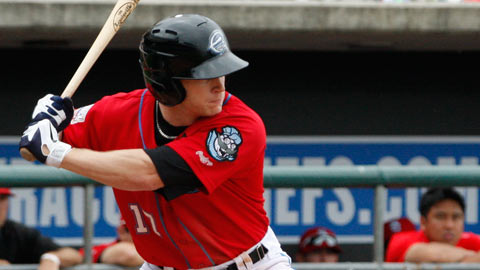To everyone’s surprise, the newly christened Miami Marlins have been one of the hottest teams on the free agent market so far. They’re interested in nearly every high profile free agent, and it seems likely that they’ll increase their payroll significantly this offseason and bring in at least one big name. Recent rumors have suggested that they aren’t actually considered likely suitors for Albert Pujols, and they may not have offered Jose Reyes $90 million…but still, they are going to land someone this offseason. After this start to the offseason, they need to or else risk their fanbase turning fickle on them again.
When evaluating new acquisitions, one of the most important — yet often overlooked — parts of projecting performance is park effects. Every ballpark plays slightly differently, and players can see big changes in their year-to-year performance based on where they play their home games. Is a player spending half his games in hitter friendly Arlington, or are they in the pitchers haven of PETCO Park? To the vast majority of you out there, this is old news.
But here’s where things get interesting: the Marlins are opening their new stadium next season, and we have no idea how it will perform. It could be a pitcher’s park, could be a hitter’s park — who knows? This added uncertainty makes evaluating their (potential) free agent acquisitions even more difficult. Why bother paying large money for a right-handed slugger if your stadium suppresses right-handed power considerably? It’s tough to tailor your team to your park if you don’t know how your park will perform.
Even if we don’t know exactly how the Marlins’ new stadium will perform, though, we can make some educated guesses. To the Bat Cave!
Read the rest of this entry »

